How We Tackle Weeds in Organic Chickpeas
June 23, 2025We’re back in the field with our chickpea cultivation series! See how we tackle weeds after emergence using inter-row cultivation.
Read articleStand count technology revolutionizes agricultural practices by accurately determining plant numbers, evaluating seed quality, and aiding in proactive planning. At LoginEKO, agronomists benefit from automated stand count analysis, enabling informed assessments for seed cultivation, disease prevention, and yield prediction.
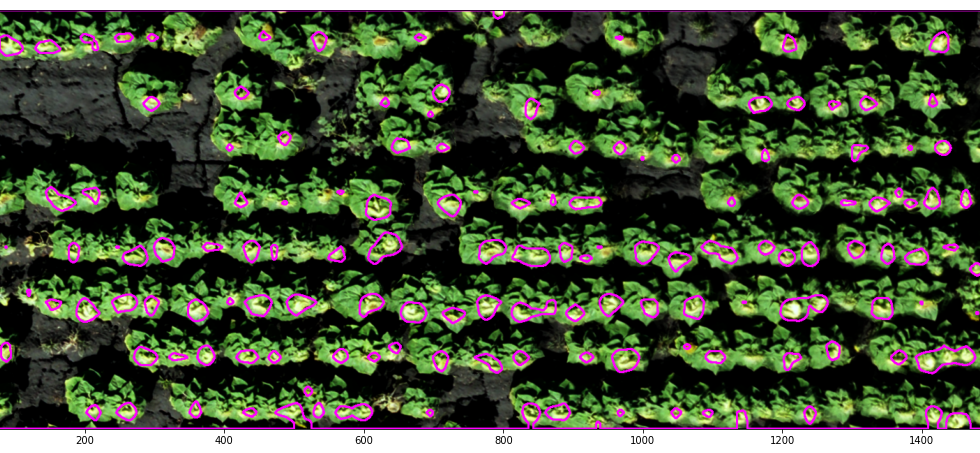
When you ask Marko Đorđević what he does professionally, he answers that he’s counting sunflowers. Well, if you imagine him having nice strolls through sunflower fields, that’s not quite the case. Marko is a data scientist at LoginEKO with the task to develop a ‘stand count,’ first for sunflowers and then for winter wheat. In his words, this means he “needs to find a way to make some sense of the grass,” but what is this really about?
A stand count determines the precise number of plants in a specific area, compares it to expectations, calculates below-norm percentages, evaluates seed quality, aids in replanting decisions, and identifies potential yield loss zones. It enables accurate plant counts per micro-plot or row, facilitates early yield estimation, and supports proactive agricultural planning. This is the theory, but Marko’s explanation on how it works in practice in LoginEKO is much more interesting.
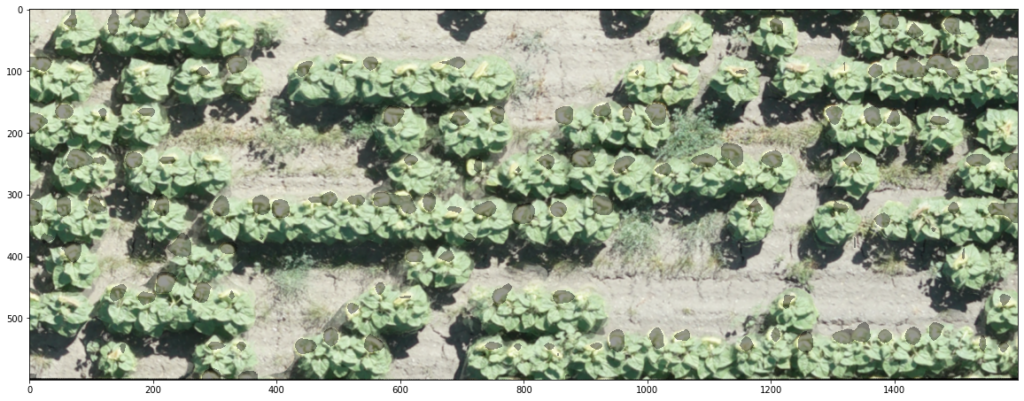
“During the sunflower flowering phase, we use drones with high-resolution cameras to collect samples for analysis. To facilitate the identification process, image contrast is manipulated to enhance flower visibility.” To overcome the challenge of image annotation, Marko developed an automated system that eliminates manual annotation. The system extracts the flowers, trains the deep neural network, and delivers results. “Initially, the detection was not perfect, but with additional data and training, accuracy has improved to over 90% in identifying sunflowers,” he estimates.
Initially focused on sunflowers because of their big yellow flowers, Marko now experiments with other plants and growth stages to achieve continuous, real-time plant counting. This would allow observation of individual plant development and analysis of conditions like drought stress, lack of flowering, plant mortality, waterlogging, diseases, etc. “Currently, we have a model for non-overlapping stages, such as leaf and plant development, and another model specifically for flowering. We will continue experimenting with stages in between to further enhance the system.”
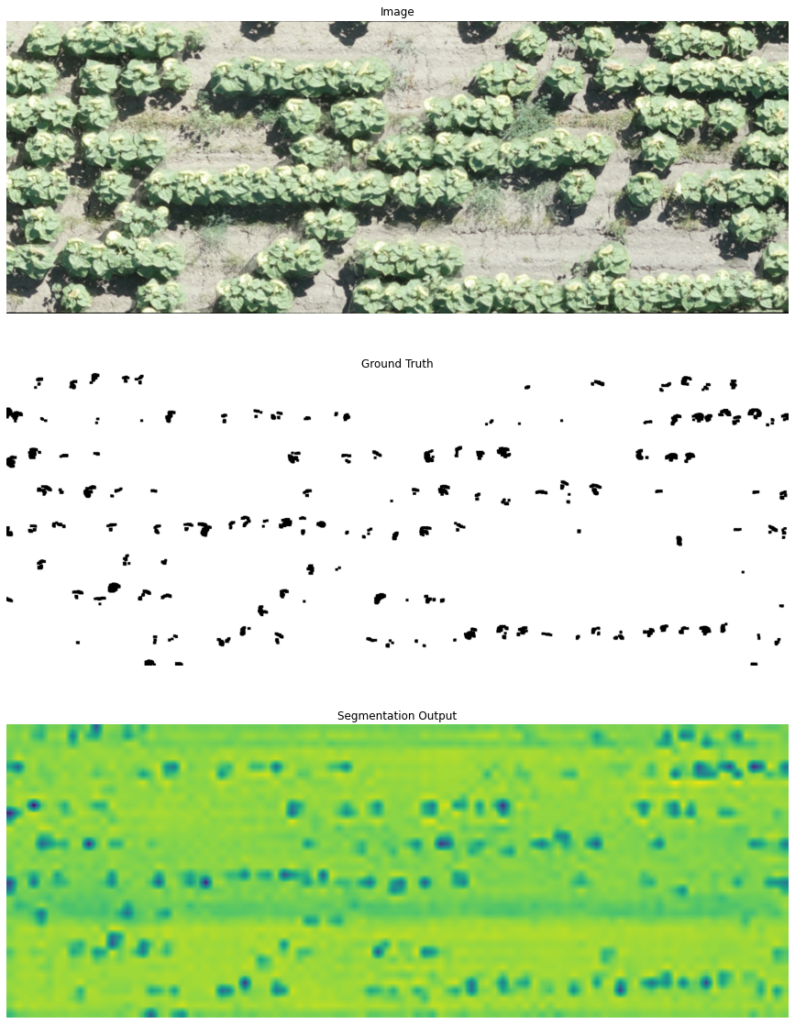
Marko has been testing various artificial intelligence techniques to analyze pictures. These techniques include detecting objects in the images (like sunflowers), distinguishing between various parts of an image, and assessing how closely packed the sunflowers are. Each of these techniques has different levels of effectiveness and practicality, and Marko is evaluating the pros and cons of each to find the most effective approach. To make it easy to see the results, the system uses colors: red means a low count of sunflowers, green means a high count, and yellow means a moderate count. This is similar to the visualization we use in LoginEKO’s farming software, of which stand counts will be part once it’s fully developed.
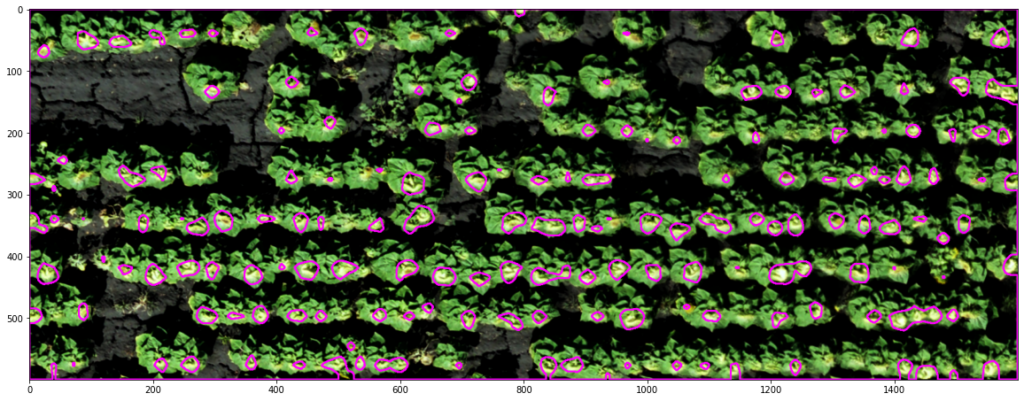
One of the first to benefit from the stand count are agronomists who otherwise perform this task “manually,” walking through the field and counting plants. But, this only allows them to cover very small areas, while the stand count allows them to easily assess different parts of the fields and gain insights into field conditions. It helps understand field dynamics and select sampling points for analysis. It provides an overall view while also allowing access to detailed positions of individual sunflowers if needed.
By analyzing the visualized data, agronomists can make informed assessments regarding seed quality, soil preparation, potential diseases, or any anomalous occurrences. Marko explains: “In the case of a low sunflower count in a specific area, further investigation can be conducted to identify the cause and take necessary actions, like removing unhealthy plants or implementing targeted treatments.”
Stand counting can also help agronomists with seed cultivation: “By planting 100 seeds and observing the emergence of 80 plants, we can evaluate soil preparation quality and the impact of weather conditions. This information becomes valuable in predicting future outcomes.” This is a great help in choosing the most suitable seed variety.
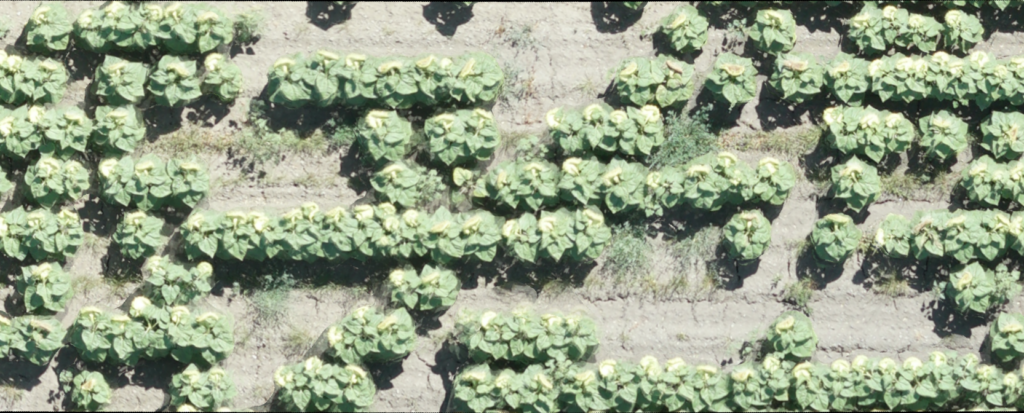
Yield prediction is one of the main aims behind stand counts. Marko explains that they first wanted to identify areas with higher or lower density, enabling them to select sample points and estimate field productivity more efficiently. If they carry out such assessments at least two or even four weeks before harvest, it can greatly help with the logistics: “If you don’t order enough trucks for the harvest, this poses problems because during peak harvesting periods it’s not easy to get additional equipment. Ordering too many trucks on the other hand, is wasteful and expensive. So, yield prediction becomes vital in terms of organizing the logistics.” But, the logistics team is not the only one benefiting from that: “The sales team can use early yield information to strategize better pricing and secure ideal clients, facilitating upfront organization.” Is stand counting then only relevant before the harvest? “No,” says Marko. “We started with this phase, but now we continue to explore the so-called ‘Vegetative V4 phase’ as well.”
The current approach involves capturing images of sunflowers at approximately 35 days and 80-90 days after sowing to track the growth stages. However, predicting them is still a challenge, because factors such as temperature and accumulated growing degree days play a significant role in the growth progression of sunflowers. Marko would love to develop accurate growth stage prediction models, because it would also make his drone-flying colleagues very happy: “It would help them overcome challenges in planning their flights due to factors such as adverse weather conditions, high winds, and obtaining necessary permissions.” That would help to ensure timely and uninterrupted data collection.
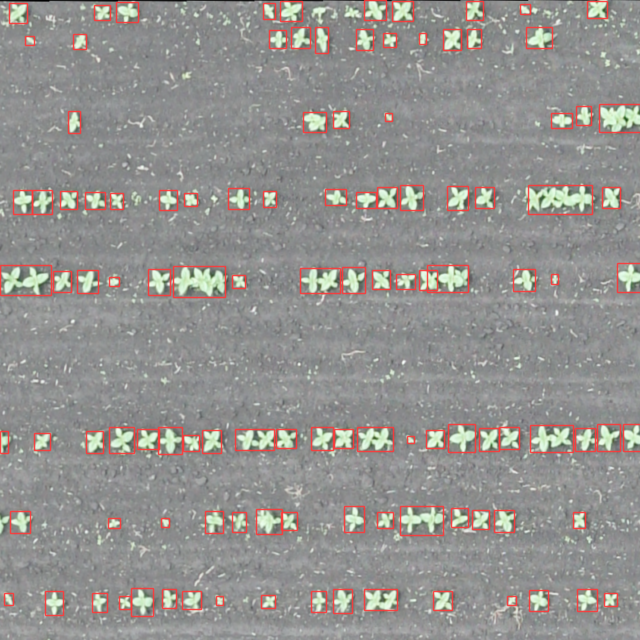
In addition to drones, Marko experimented with attaching a GoPro camera to the tractor during operations, which provided some fun for his colleagues, but the resulting footage was initially useless. “However, some images shared by colleagues later were relatively clear. So despite limitations, this method holds potential for further analysis and project utilization,” he said hopefully.
The project is still in its experimental phase and though it might sound fun it can also be frustrating, especially if failures repeat as Marko admits: “Even if the company and the management are understanding of these setbacks, it can still be frustrating because I want to contribute meaningfully and produce productive outcomes.” Luckily, the sunflower count is a success so far, so Marko won’t lose the motivation to continue developing this project that holds immense potential.
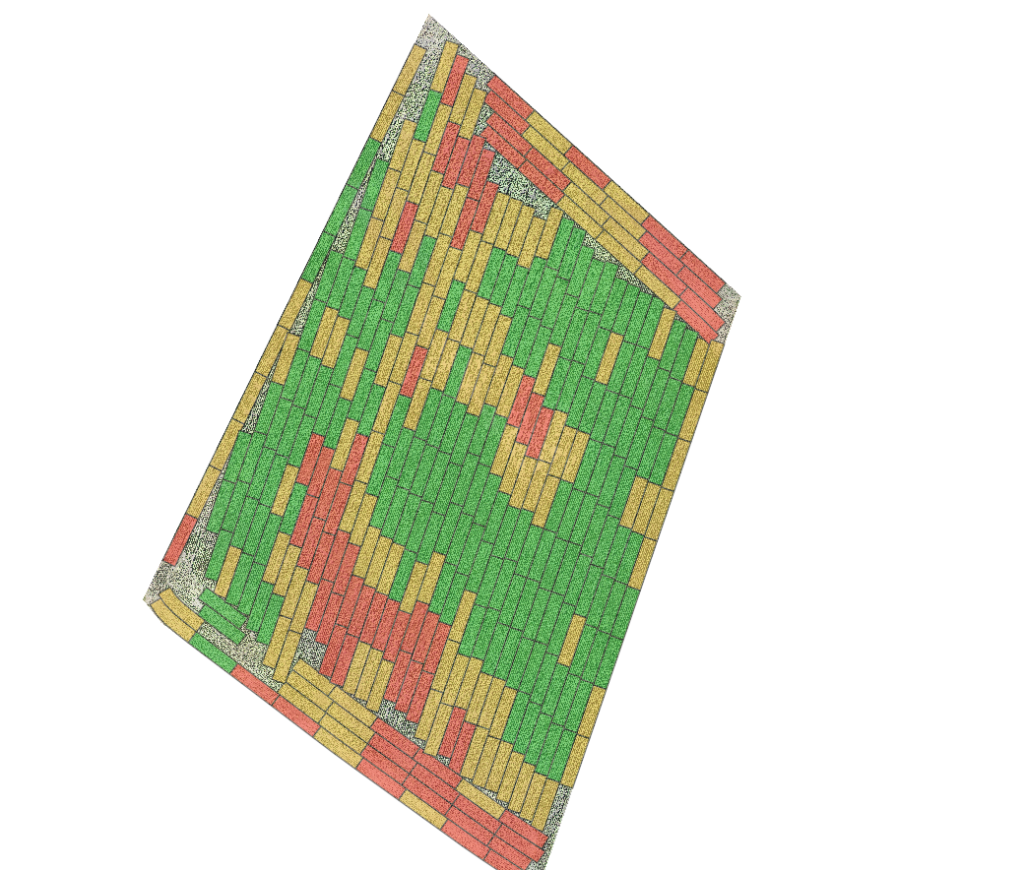
We’re back in the field with our chickpea cultivation series! See how we tackle weeds after emergence using inter-row cultivation.
Read articleTwo days, three farms, one shared goal: growing hemp more sustainably. Here’s what we learned and shared during our tour of Prekmurje.
Read articleChickpeas offer great potential for organic farming. Join us as we walk you through the essential steps of chickpea cultivation, starting with seedbed preparation.
Read article